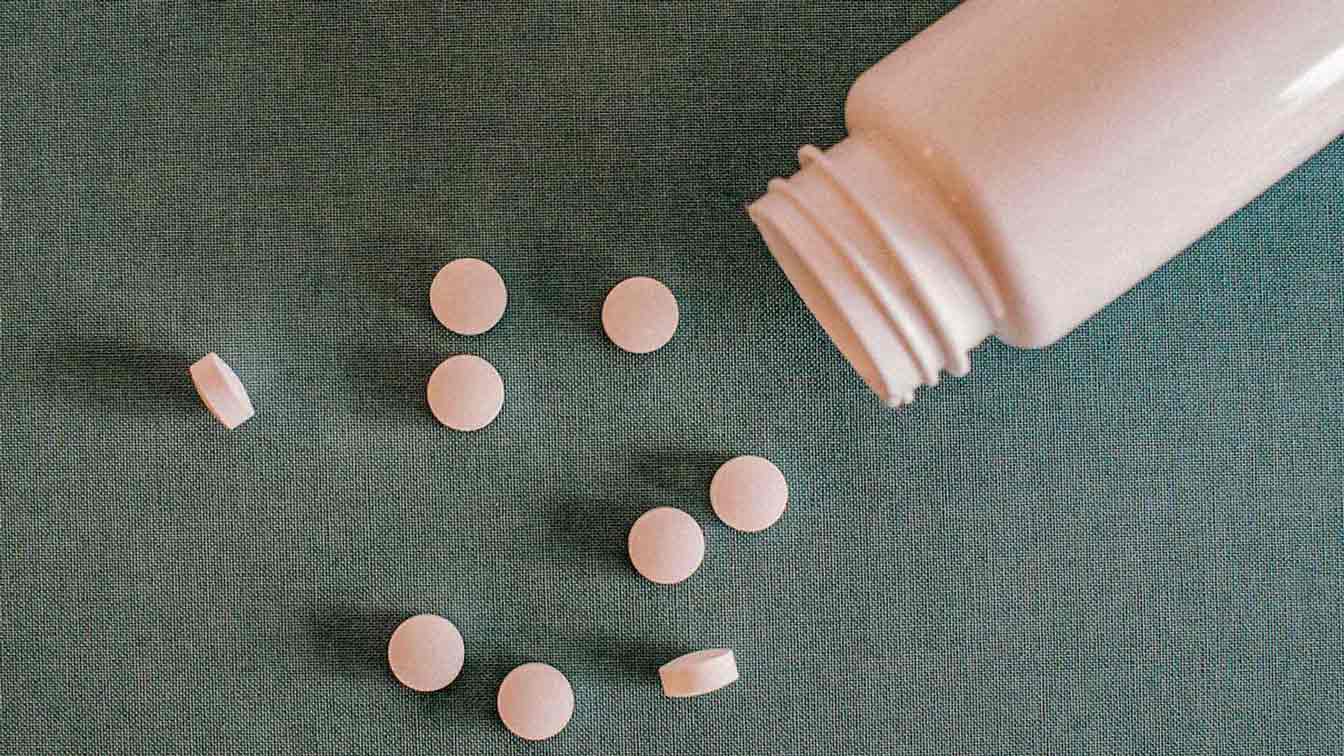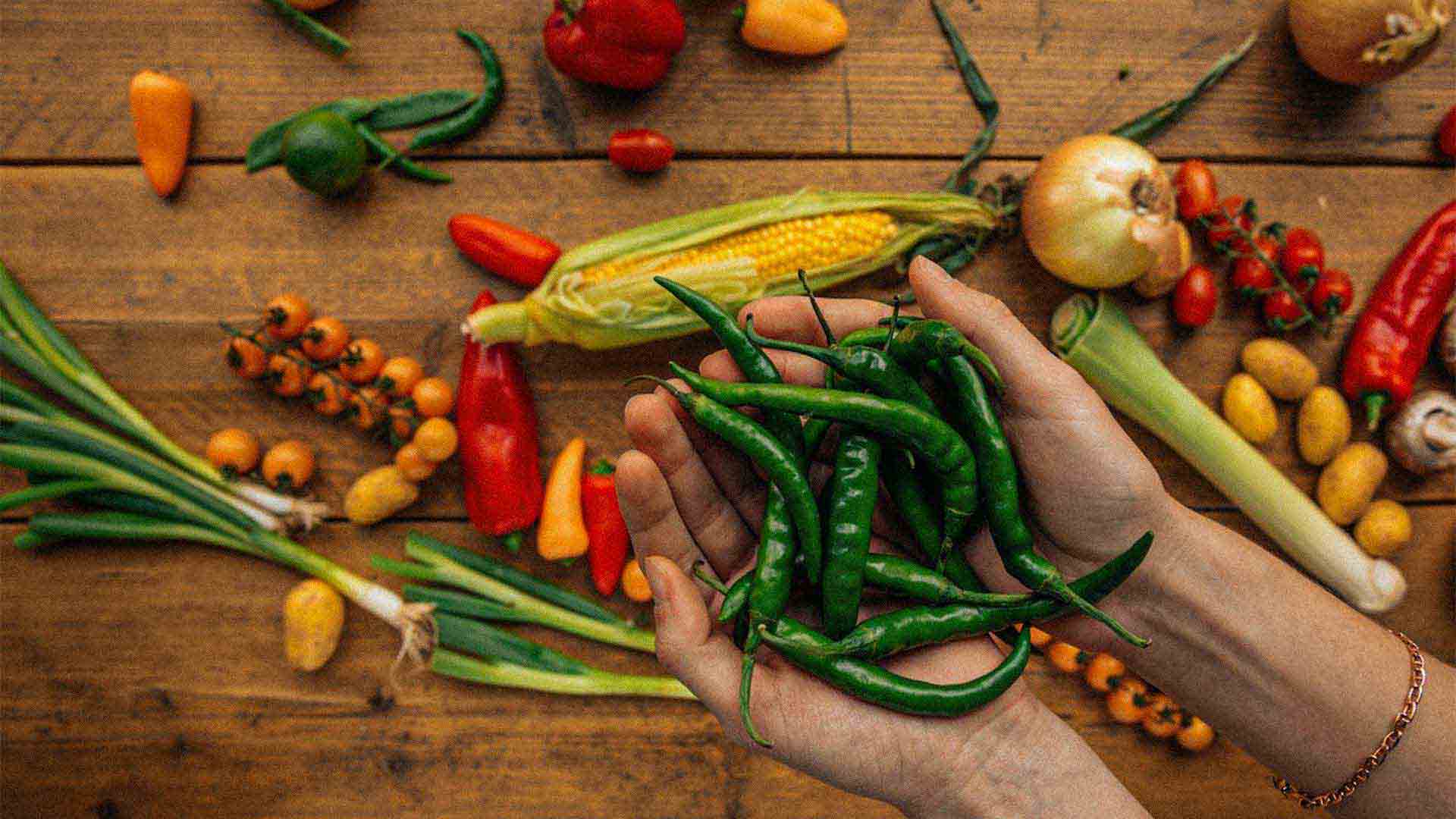You might not realize it, but your daily habits—good and bad—often show on your skin. Whether it’s dark circles from irregular sleep or a little dullness from one too many cocktails, your skin says a lot about what you get up to day to day. If clear, bright and healthy skin is a goal, you might need to re-evaluate some of your habits.
Here are 8 ways you can do that.
1. Drink plenty of water
One of the best ways to keep your skin healthy is to keep it hydrated by drinking plenty of water. Your skin is made up of cells that need water to function properly, so when you’re dehydrated, your skin becomes dry, flaky and dull. But water doesn’t just help lock in moisture, it helps keep your skin clear too. Water flushes out built-up toxins that can cause breakouts and other issues. So make sure you’re drinking plenty. That means at least eight glasses of water per day, and more if you’re physically active or tend to sweat more.
2. Eat a well-rounded diet
While having a good skincare routine is important, nourishing your skin from the inside is even more crucial. Foods that are rich in vitamins and antioxidants—like fruits and veggies—help ward off free radicals, natural substances that damage cells when they build up, leading to premature aging, wrinkles and skin issues. And healthy fats like avocado, salmon and nuts help seal your body’s natural oils and moisture.1 When you’re planning your meals for the week, focus on whole foods and limit processed foods to help improve your skin’s health.
3. Wear SPF (every day!)
The importance of SPF can’t be emphasized enough. Getting outside in daylight comes with many benefits, but the sun’s UV rays can also be harsh on your skin. Overexposure can weaken it, causing dryness, flakiness, premature wrinkles—and even more serious skin conditions. So try to use sunscreen that’s at least SPF 30 every day – whether it’s sunny or cloudy. And remember to reapply every two hours!2,3
4. Avoid smoking
This probably isn’t surprising, but smoking can damage your skin cells. It does this by reducing blood flow to your skin, causing premature aging, wrinkles and skin discoloration. Avoid smoking—and breathing secondhand smoke—for your skin and your overall health.3
5. Practice good hygiene
If you’ve ever been tempted to skip washing your face after a long day, you’re not alone. We get it; you’re tired and just want to jump into bed, but this habit can lead to break-outs and lackluster skin. Failing to wash your face regularly—especially if you wear makeup—can clog pores and allow toxins and pollutants to build up on your skin. Aim to wash your face morning and night with a gentle cleanser and lukewarm water. Avoid using hot water and scrubbing too hard, as this can strip your skin of its natural oils and cause irritation.
6. Moisturize after washing
Whether your skin is dry or oily, lotion or moisturizer should be part of your skincare routine. When you shower or cleanse your face, you’re also washing away some of your natural oils, making your skin more sensitive. So it’s important to replenish those oils to keep skin healthy and soft. Find a moisturizer that works well for your skin type and always apply it to your face and body after washing.
7. Get enough sleep
When you get a full night’s sleep, it shows. Your skin looks bright, plump and healthy. That’s because sleep increases blood flow to the skin, circulating important nutrients and oxygen. It also lets your body repair and regenerate its tissues—including your skin cells—enabling them to make new collagen to maintain their elasticity and firmness. Aim to snooze for at least seven to eight hours each night.
8. Manage stress
While we all experience some tension day to day, prolonged stress affects your skin. Much of the blame goes to cortisol, your main stress hormone that can cause your body to make too much oil, leading to breakouts and other skin issues. But stress can also interfere with your skin’s ability to properly heal and regenerate, making it harder for it to recover from blemishes. To help keep your skin clear and glowing, it’s important to find healthy ways to manage stress: regular exercise, meditation and time with your friends and family are all proven strategies.
Takeaway
Adopting healthy habits can have a major impact on how your skin looks and feels. It may take some time, but simple things like setting reminders to drink water and staying consistent with a sleep schedule will help. Stick with them, and in time you should see a difference.
Read next: 8 foods for skin health, according to a nutritionist
About Kendall
Kendall has a B.S. in Human Nutrition and Foods from West Virginia University and is registered as a Dietetic Technician with the Commission on Dietetic Registration. Prior to working with Persona Nutrition, she worked in the NICU at a hospital as a DTR. Her goal is to share her knowledge of health and nutrition and to inspire others to be the best version of themselves.
Kendall is just one of the many experts at Persona who are here to accelerate your wellness journey. If you have questions about nutrition or your personalized program, reach out now or book a free appointment with Kendall or another of our amazing nutritionists.
*These statements have not been evaluated by the Food and Drug Administration. This product is not intended to diagnose, treat, cure, or prevent any disease.
This information is not intended as a substitute for the advice provided by your physician or other healthcare professional, or any information contained on or in any product label or packaging. Do not use the information from this article for diagnosing or treating a health problem or disease, or prescribing medication or other treatment. Always speak with your physician or other healthcare professional before taking any medication or nutritional, herbal, or homeopathic supplement, or using any treatment for a health problem. If you have or suspect that you have a medical problem, contact your health care provider promptly. Do not disregard professional medical advice or delay in seeking professional advice because of something you have read in this article.















